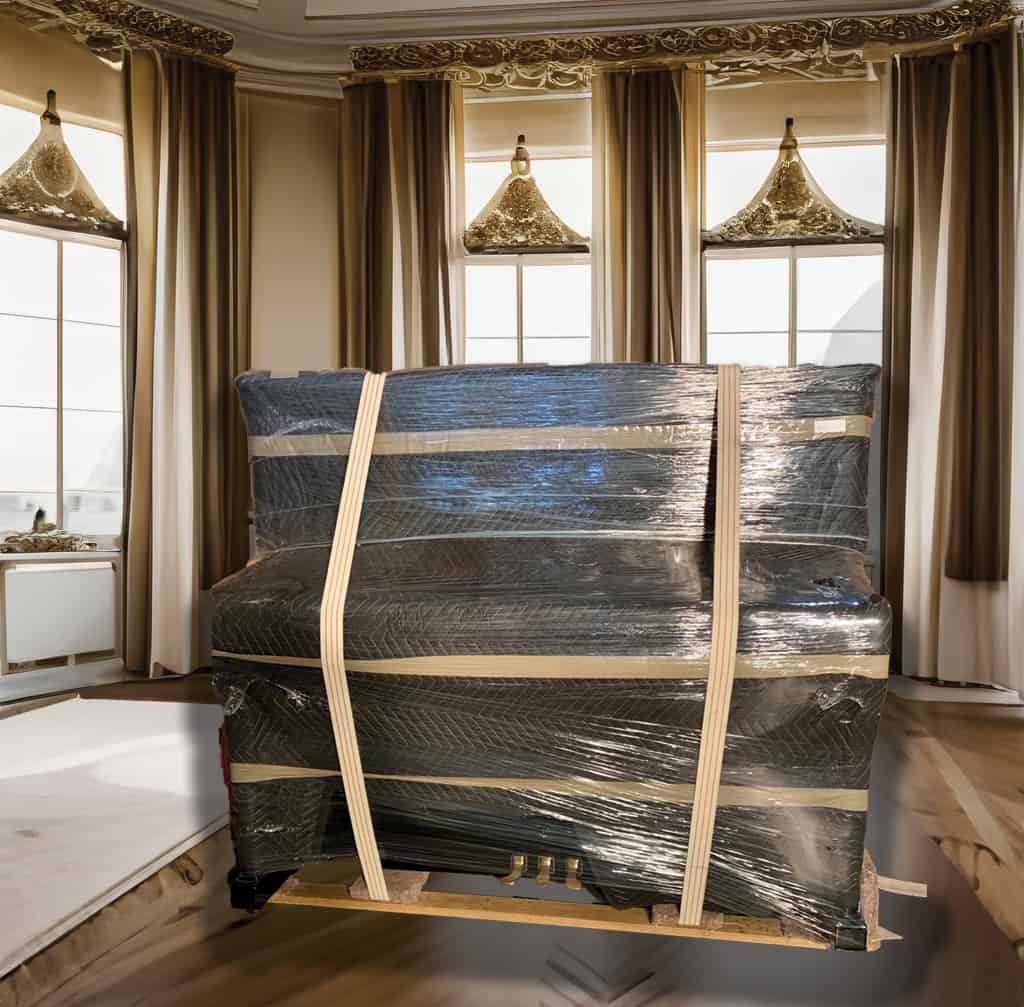
How to move a piano
A piano can make a strong grand noise, but it all depends on the intricate details on the inside. Moving a piano, therefore means preserving all its beautiful sound-making parts, not to mention its royal appearance.
Different types of pianos require mildly different steps, but the precautions are roughly the same for the large, small, upright and three-legged alike. If moving a piano is part of a larger household move, you’ll have more planning to do, and more to consider about the logistics of the move in conjunction with everything else you’re transporting. However, if the piano move is part of a single sale, or the only item requiring your attention, you should find things a lot less stressful. Here are six tips on how to move a piano:
- You’ll need to close down the lids and moving parts and seal them shut. Although the insides are the most important, you need to protect the outside of the piano. The top finish on the instrument can easily be scratched and scuffed while moving, even when wrapped in blankets (because of the constant shifting and rubbing). To protect the surface, you’ll need to invest in a lot of saran wrap. That’s right, wrap, wrap, wrap, all around!
- You’ll need to protect the piano from vibrations, bumps and thumps. There are special moving supplies to help you do this. For example, moving blankets help protect furniture, and moving pads prevent damage in the truck when objects bang against each other (an inevitable part of moving). When you’ve got a layer of blanket covering the layer of saran wrap, tie down the blanket with rubber bands to prevent it from falling off. The even better investment would be a custom-made piano cover, often used at concert halls.
- If you are moving a grand piano, you may find it useful to remove the legs, so that it stays put during the ride. Different models have different ways of attaching the legs, so you can either consult your manual (if you still have it), or call your local instrument store for advice. If your piano has casters (wheels mounted to the legs) and you plan to move it in one piece, you’ll at least need to remove the casters when its time to go onto the trailer or truck.
- If moving an upright piano, be sure not to let it lay on its back. Before you wrap it up, remember to leave access to the handles that are pre-built into the instrument. The bottom of an upright piano may have a storage space in it where you can keep some loose things. A strong built dolly is highly advisable when moving an upright piano, especially if there are no castors attached.
- Pianos are best lifted onto an enclosed moving truck alone. However, if your piano must accompany other furniture as part of bigger move, keep it at the bottom of the truck, on a padded surface, taking extreme care not to overload it with things piled on top. If you are using a trailer or pick up truck, you’ll need to protect it from weather conditions. Either way, make sure the insides have an air hole for good air circulation to prevent moisture build up. When your piano is at its new spot, you may need to retune it.
- At the end of the day, most people are best off to hire professional piano movers to handle this daunting task. Don’t be fooled into thinking a piano is something your friends can help with. Pianos are large and extremely heavy and could cause personal injury or death if not handled properly.

Categories
Moving Resources
Moving Checklist
Follow this comprehensive moving checklist to ease your relocation stress and stay organized.
Learn MoreMoving Company Comparison Guide
This comparison guide helps you evaluate and select the perfect moving company for your needs.
Learn MoreWe make moves easy for you.
- Local Moving
- Long Distance Moving
- Seniors Moving
- Piano Moving
- Item Relocation
- Overnight and Long-term Storage
- Packing Supplies

